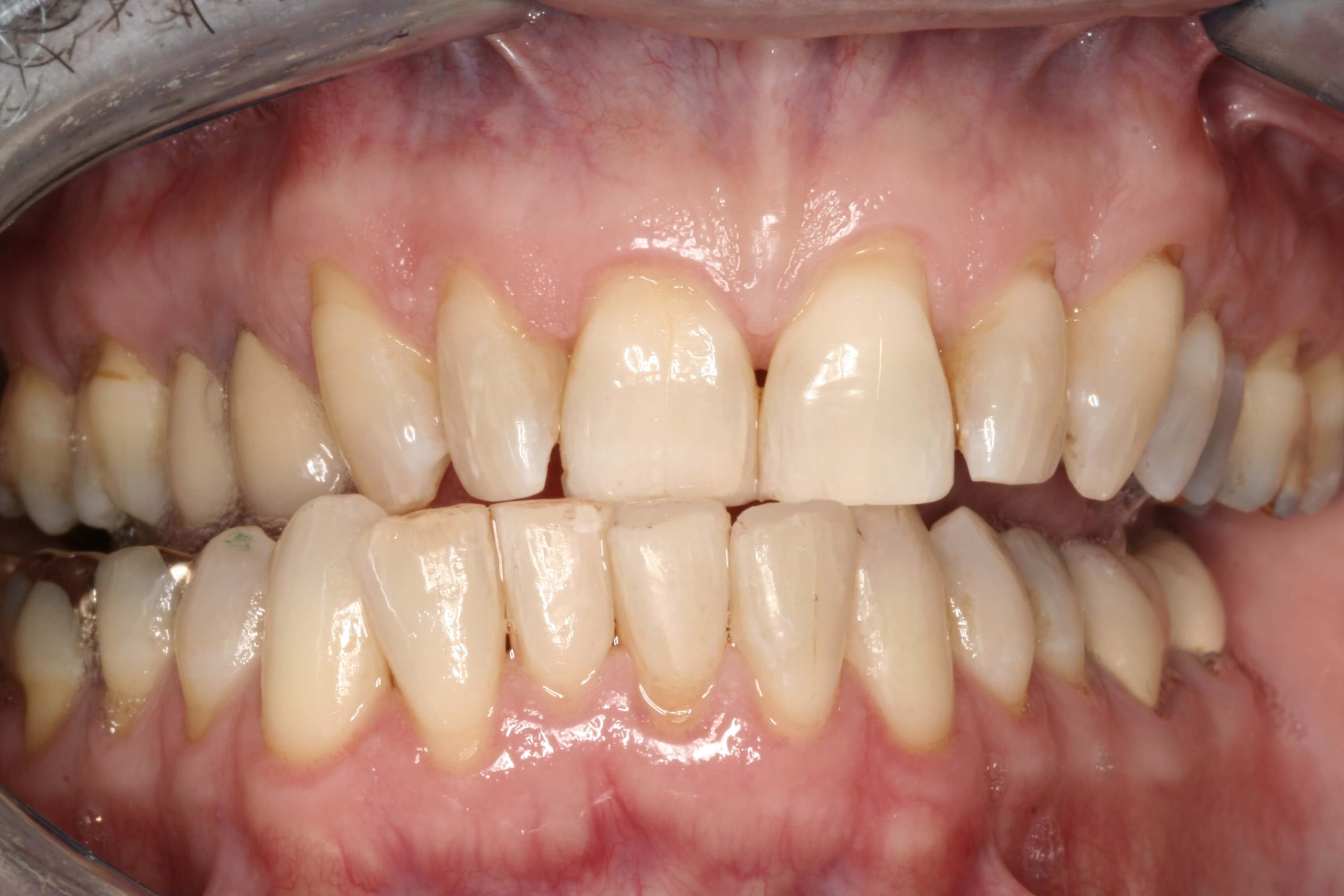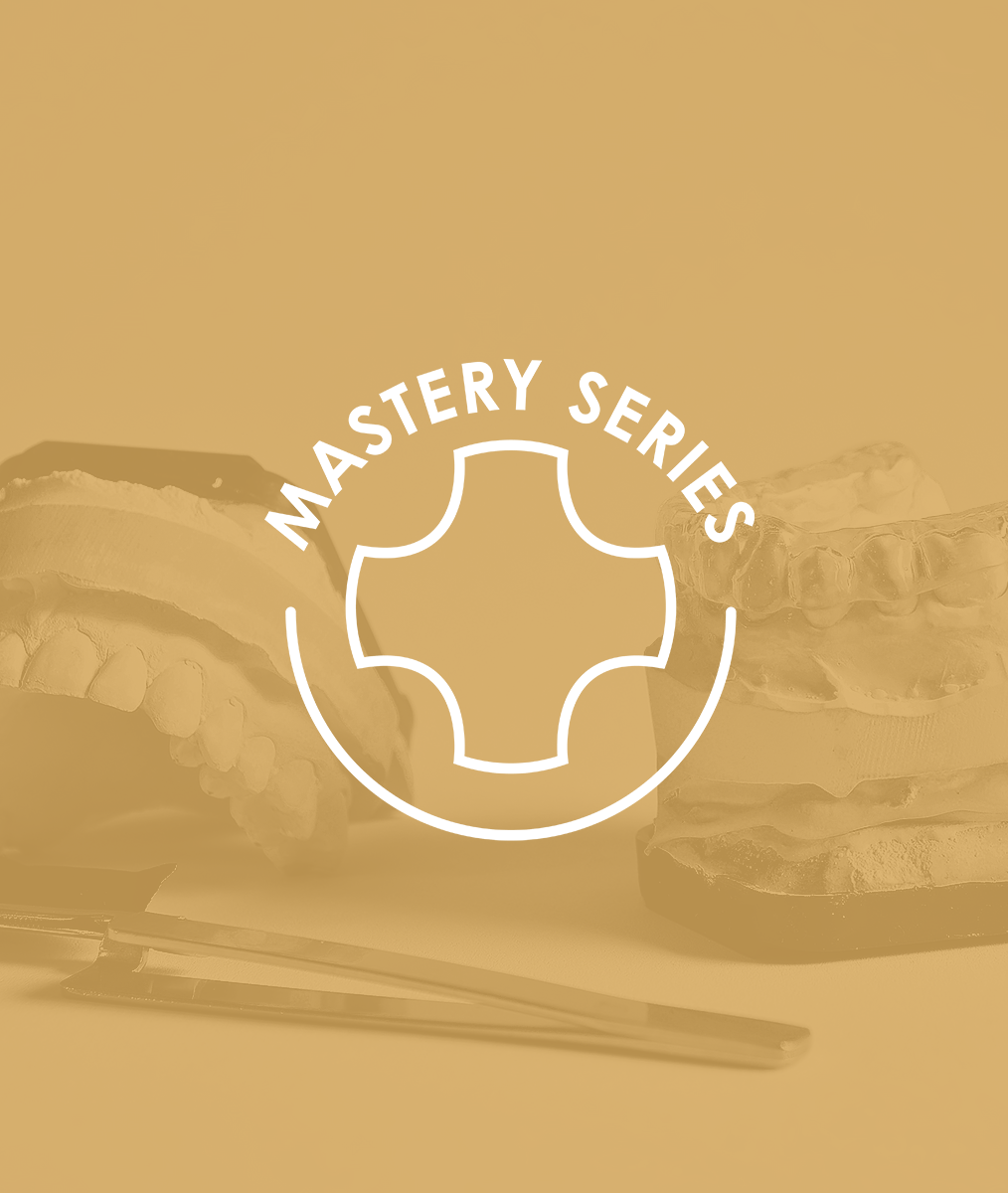
Leading and Trailing Edges: Part 1
When Dr. Richard Green read Dr. Lee Ann Brady’s blogs on pitch and bevels, he decided to jump in with a thoughtful response. Read on for more discussion of this fascinating topic.
Crossover and Movement: Consider the Edges
I loved Dr. Brady’s article concerning edges (pitch and both bevels) and the conversation about natural teeth, composition, and porcelain. I was reminded of some of my learning with and from Henry Tanner while refining my occlusion in the mid-70s. It worked for me no matter what material and bite splints were used.
Henry was the first to introduce me to ‘crossover.’ At the time, one of the anterior teeth you did not talk about were the cuspids. They too have important facets (pitch and two bevels) that need to match cusp tip to cusp tip, regardless of the material.
When moving into crossover and the cuspid tips touch, if the pitch facet does not match or is pointed, sloped, or rounded, you often see the masseter or temporalysis muscle twitch. This occurs as the patient hesitates in their movement. That smooth transition back to the incisal edges of the centrals and laterals is important.
I also realized during my career that certain patients (teens, golfers, baseball players) would often stabilize their head while their teeth were cuspid tip to tip or in a crossover position at the point of their impact with the ball.
Improvements can be accomplished by simply taking the flat portion of a ½ J (wheel fine diamond) and creating matching facets on upper and lower cuspids. Polish them and both the leading and trailing bevels so that the movement becomes smooth. If the patient wants to stop cusp tip to cusp tip on the upper and lower cuspid, there is a stable stop and the muscles are comfortable.
To be continued…
Related Course
Mastering Advanced Splint Therapy
DATE: November 13 2025 @ 8:00 am - November 16 2025 @ 1:00 pmLocation: The Pankey Institute
CE HOURS: 29
Dentist Tuition : $ 5900
Single Occupancy with Ensuite Private Bath (per night): $ 345
If you are ready to take what you know about appliance therapy to the next level, then this course is a must. The anatomic appliance is one of the most…
Learn More>






